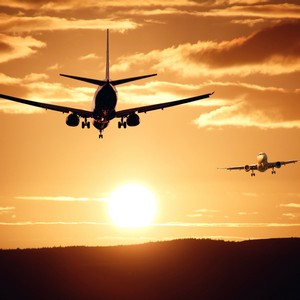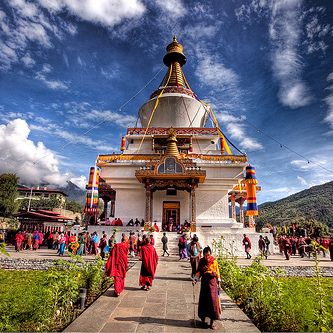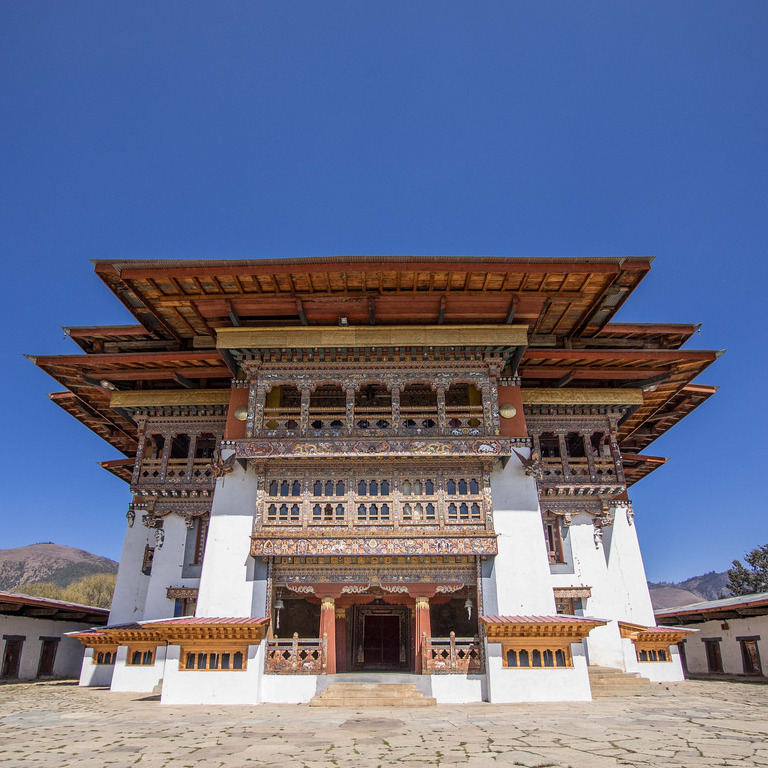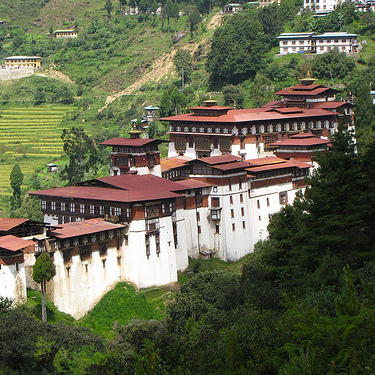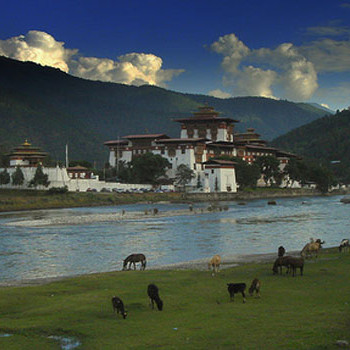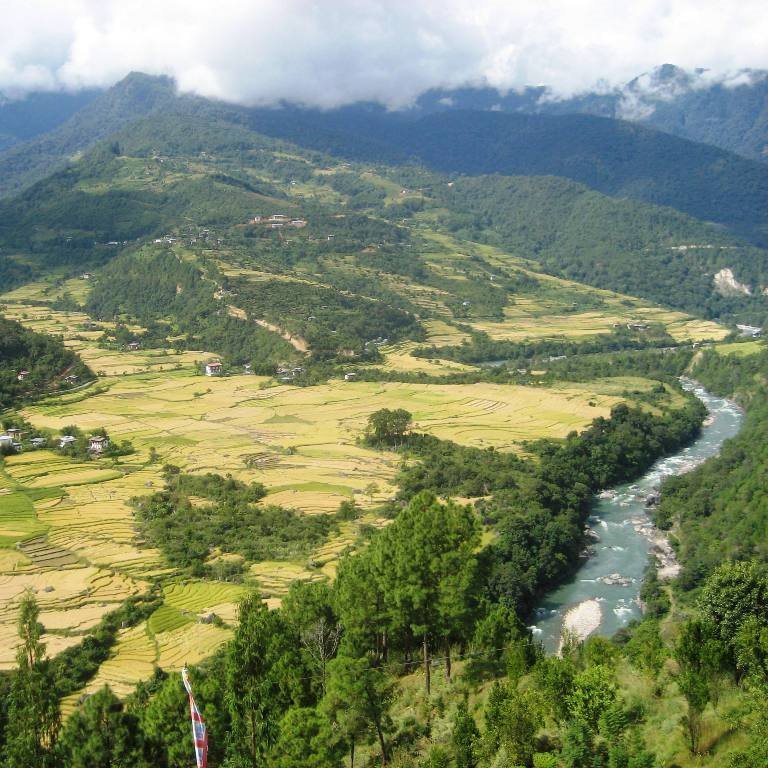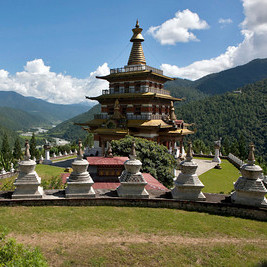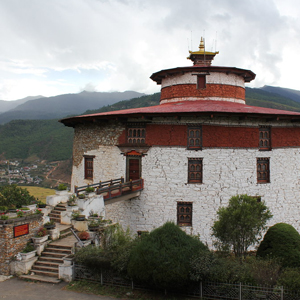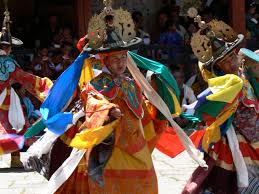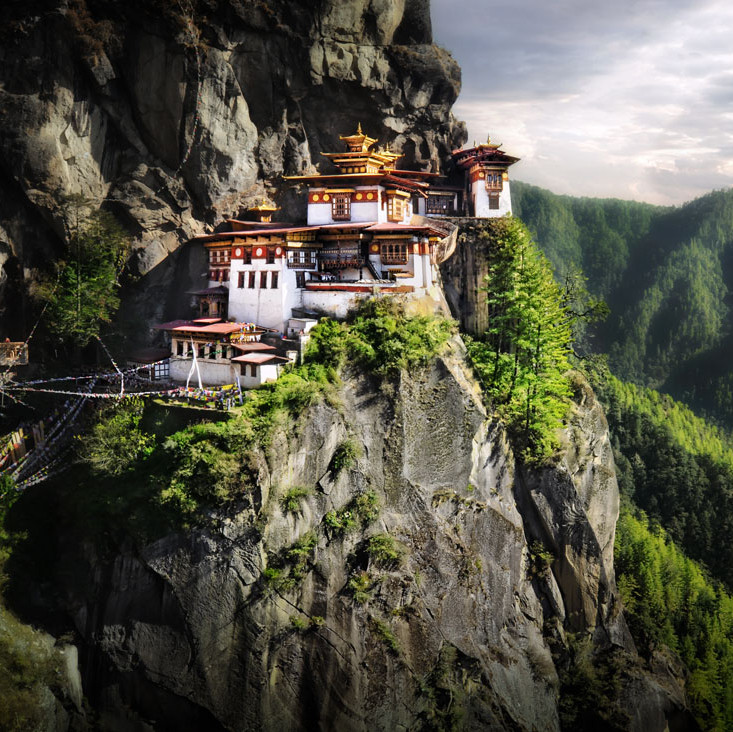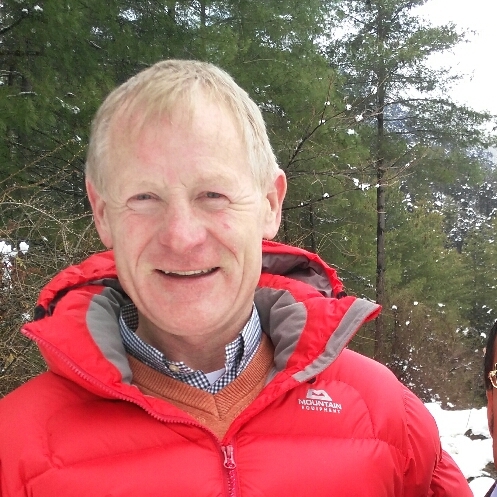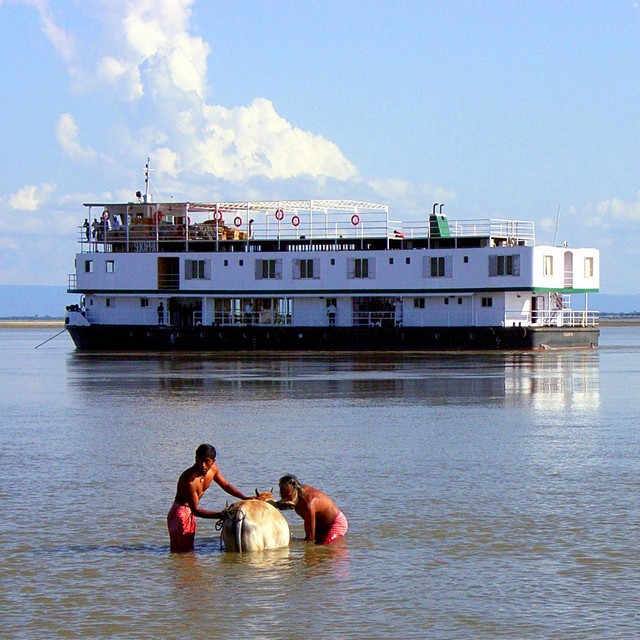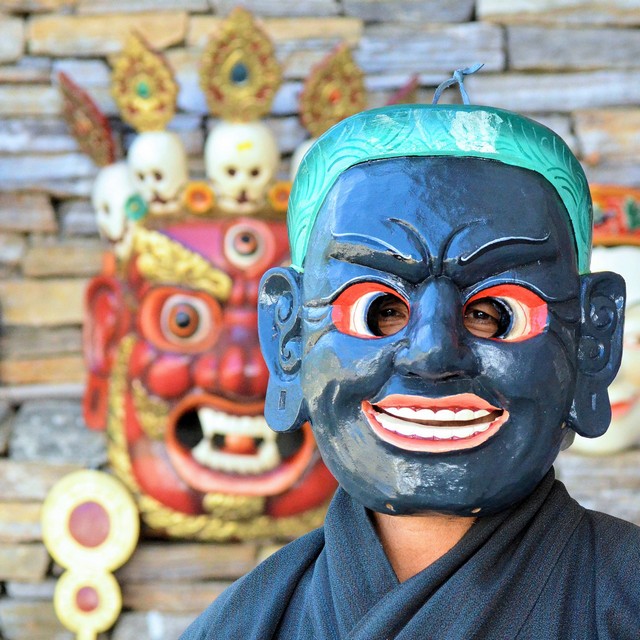After breakfast we set off to Bumthang, crossing the Pele-la pass (at 3300m above sea level). Stop off for lunch in Trongsa and visit both the Trongsa Dzong and Ta Dzong.
This afternoon, continue your journey onward to Bumthang across the Yutong-la pass (at 3400m above sea level). Overnight in Bumthang.
Overnight in Jakar Village Lodge, Bumthang
Meal plan: Breakfast, lunch & dinner
Ta Dzong is located above the Trongsa Dzong, and a short, steep walk from the main Trongsa town. Ta Dzong, which means “watchtower”, was built in the 17th century and was built to protect Trongsa from any external threats.
Trongsa is situated on a steep ridge
that drops off into the clouds on its south side. It
offers spectacular views of the deep valleys surrounding it. The various hotels, guesthouses and restaurants all offer stunning views from their balconies. Trongsa Dzong is easily visible from anywhere in town and is always an impressive sight.
The Trongsa Dzong sits overlooking the Mangdechhu River. It was founded by Yingzin Ngagi Wangchuk, a descendant of Ngawang Chogyal and a revered follower of Kuenkhen Pema Karpo. In 1541, he meditated at the village of Yueli in Trongsa, a few kilometers away from the present Dzong. During the meditation, he saw a lit butter lamp below the Goenkhang ridge, which houses the guardian deities Palden Lhamo (Mahakali) and Yeshey Goenpo (Mahakali). Considering the place to be sacred, he built mediation quarters. Once during his meditation in the new quarter, the deity Palden Lhamo appeared and prophesied that this place would play an important role in spreading Buddhist teachings. After this incident, Yingzin Ngagi Wangchuk constructed a small temple and named it Mondrupley. Over the years, his disciples built many smaller meditation centers near the Mondrupley temple, which soon began to resemble a small village. The people of Yueli named this new village Trong-sar (new village).
Located in central Bhutan, Bumthang is considered the spiritual heartland of Bhutan. This district is dotted with many temples and monasteries, among which are some of the oldest Buddhist temples and monasteries. This beautiful valley of buckwheat and apples has a mysterious history as an abode of gods and is one of the richest cultural places in the country.
Pele La Pass is the traditional boundary between the east and the west. The pass is marked by large white chorten prayer flags and there is an abrupt change in vegetation at this point, where mountain forest is replaced by dwarf bamboo. Altitude: 3,300m.
